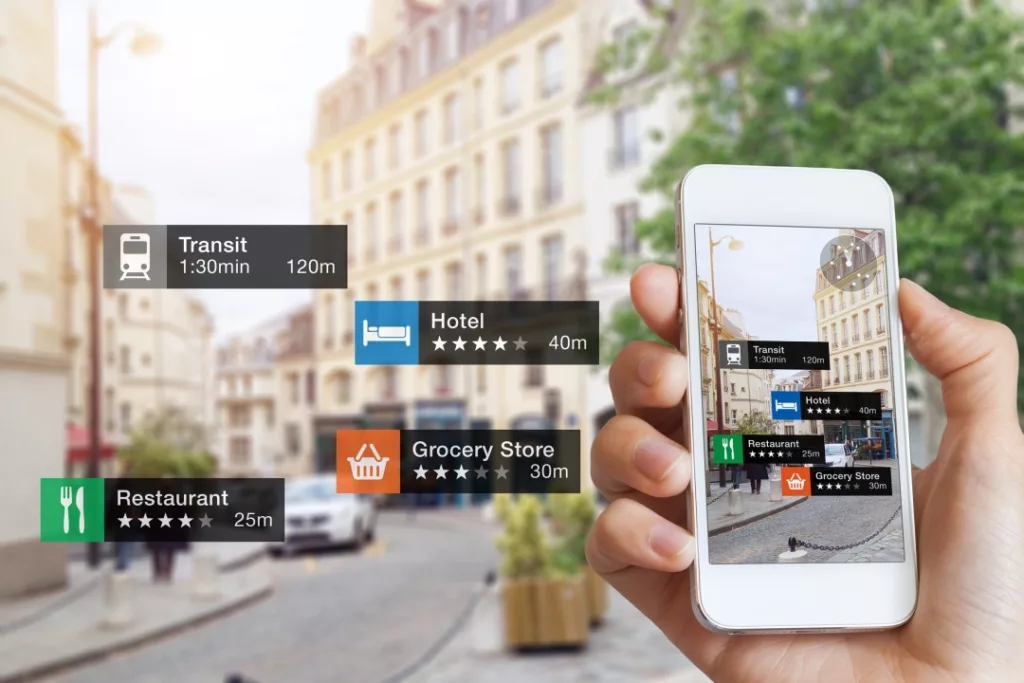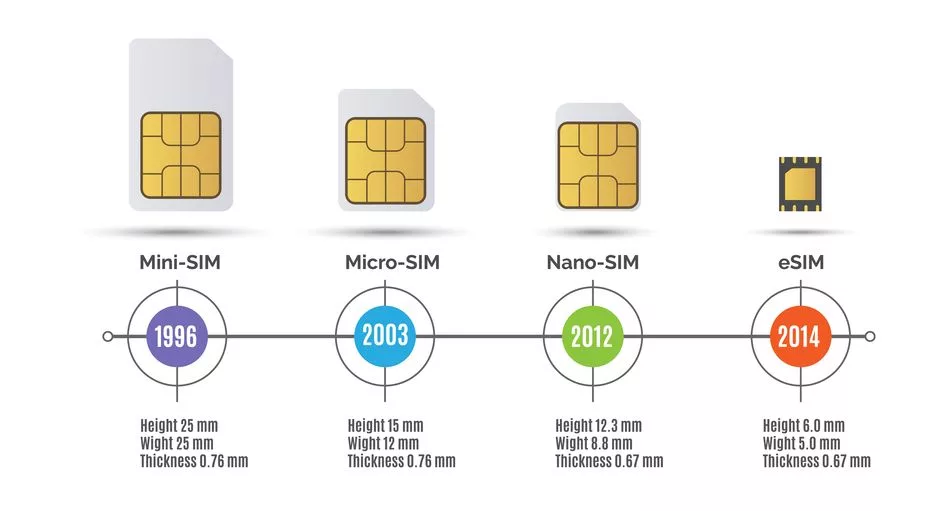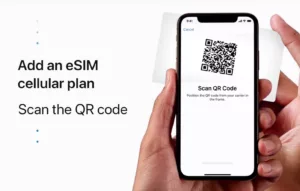Table of Contents
Mobile communication is one of the best inventions ever. It is not surprising that cellular communication technologies are steadily moving forward. And the appearance of a new eSIM cards solution explicitly confirms that. But how do you know if you need eSIM service or not?
You can follow others who have already chosen eSIM for travelers to stay in touch. Or, you can figure out in detail whether or not to switch to eSIM. Let’s choose the second option?! Read on and find out the pros and cons of the latest electronic mobile solution for a traveler.

E-SIM cards: History and Functionality
Regular mobile sims have been associated with a piece of plastic that must be inserted into the slot for over 30 years.
The first SIM cards for cell phones were quite large. However, by the end of the last century, their size has decreased dramatically. Mini-chips began to be used instead of the usual SIM cards. Further, these modules have also been reduced. This is how micro-SIM appeared, and then in 2012, nano-SIM cards came (SIM card formats).
An eSIM coming — an integrated SIM card – became a real surprise to subscribers. The size of the eSIM chip is only 6 x 5 millimetres.
ESIM is a programmable card embedded into cellular phones. Visually, it is a small module soldered directly into a gadget’s board. These electronic sims are not produced of a plastic material — they cannot be pulled out or rearranged. The chip stores data and is updated remotely: one can change the carrier or number, connect several tariff plans, etc.

How Does it Work?
The main functional difference between an eSIM for travelers and the usual physical cellular cards is that the electronic modules are already in the device. The user gets access to the interface through which he can easily add, update, expand or delete several network operators in remote mode.
From a technical point of view, an eSIM has two built-in components: the UICC (hardware), which is built into devices at the production stage, and the subscription management platform (SM). The Subscription Management Platform (SM) consists of two key elements; SM-SR (secure routing of subscription management) and SM-DP (preparation of subscription management data).
Switching to an eSIM is quite simple. The main thing is to ensure your gadget supports the electronic SIM format.
Related: “List of eSIM supported devices in 2023“
Today, many mobile operators support eSIM technology. To use this technology, you must first connect the eSIM service from your operator. As soon as you receive the QR code, you must scan it on your device to launch the built-in electronic module.
After activating an eSIM for travelers, the smartphone can only work with two active numbers. It can be two eSIM numbers or one number with a regular nano-SIM and one with an eSIM (depending on the specific model of the device). However, you can connect more packages and tariff plans for eSIM.
By the way, you will find eSIM cards not only in cellular phones, tablets, and modems but also in household appliances, cars, and other devices and gadgets that are constantly connected to the Internet.

Pros and Cons of eSIM cards
Virtual sim cards are incredibly convenient when traveling abroad. To avoid overpaying for roaming, many tourists purchase an eSIM tariff from a local carrier without going to the store. Besides, eSIMs are also profitable for operators, as there is no longer a need to use physical sims, rent premises for points of sale and pay for dealer services.
Let’s dig deeper to find out pros and cons of eSIM. First, take a look at its positive side.
Benefits of eSIM cards
- Convenience. The user can easily switch between operators without replacing the physical SIM card. And instead of several phones — for example, personal and work — you can use one device: just connect several numbers to it.
- Easy-to-use. The same eSIM can be configured as many times as you want, and it can work with both domestic and foreign carriers, depending on the configuration provided for a virtual module.
- Availability. You can change the operator at any time. To do this, the user must go to the smartphone settings and press several buttons.
- They take up little space. Devices with eSIM do not require space under the tray for ordinary SIM cards. In addition, gadgets will be better protected from the penetration of water and dust.
- Safety. The electronic module is already built into the device, so it cannot be broken or lost. And if the smartphone is stolen, it will be easier to track and return it: it will no longer be possible to get and throw away the card.
- Profitability. You can use the offers of operators worldwide and instantly become their subscribers.
Drawbacks of eSIM cards
Like any new technology, eSIM has its drawbacks. Although to be honest, there are only three drawbacks regarding all about eSIM:
- One of them is that not all mobile operators support it. This means that users will have to limit their choice of operator when using eSIM.
- Theoretically, eSIM modules are vulnerable to hacking from the outside. 100% security is not guaranteed, despite a high level of protection. However, there is no point in wasting time and money on an ordinary user. If you are a particular person, scammers will get to you anyway.
- And the last cons of eSIM is that not all cellular devices support the given electronic format. Those that support, as a rule, are more expensive than devices operating with exclusively physical cards. Most devices with built-in SIM cards are flagship models.
Conclusion
At first glance, the built-in eSIM solution changes only the format: instead of plastic, the subscriber receives a virtual link to the tariff plan. But in practice, the eSIM system comes with many fantastic economic and practical benefits. In a word, eSIM cards are the future of the telecom industry, and they will replace the old plastic cellular chips sooner or later.





